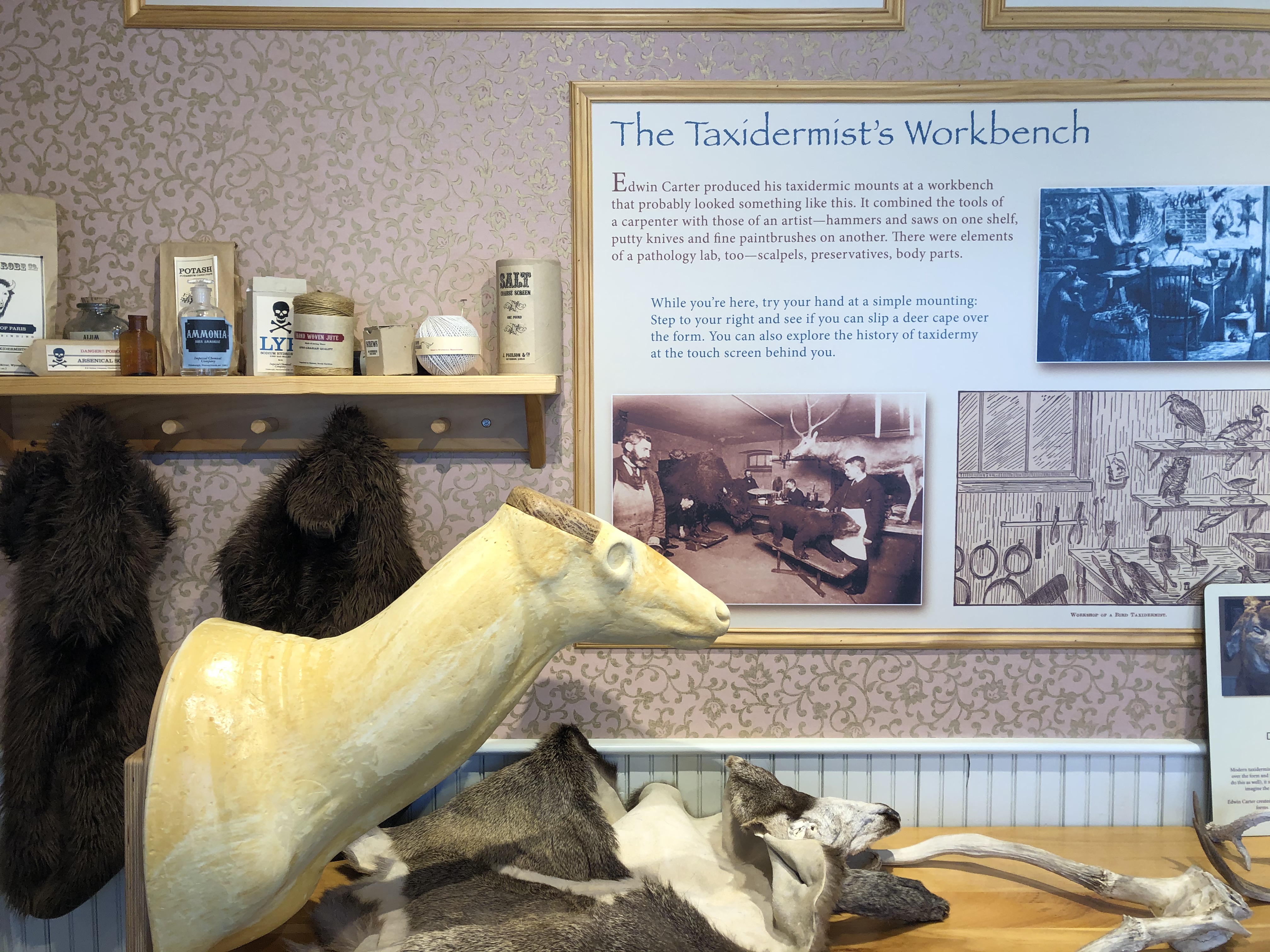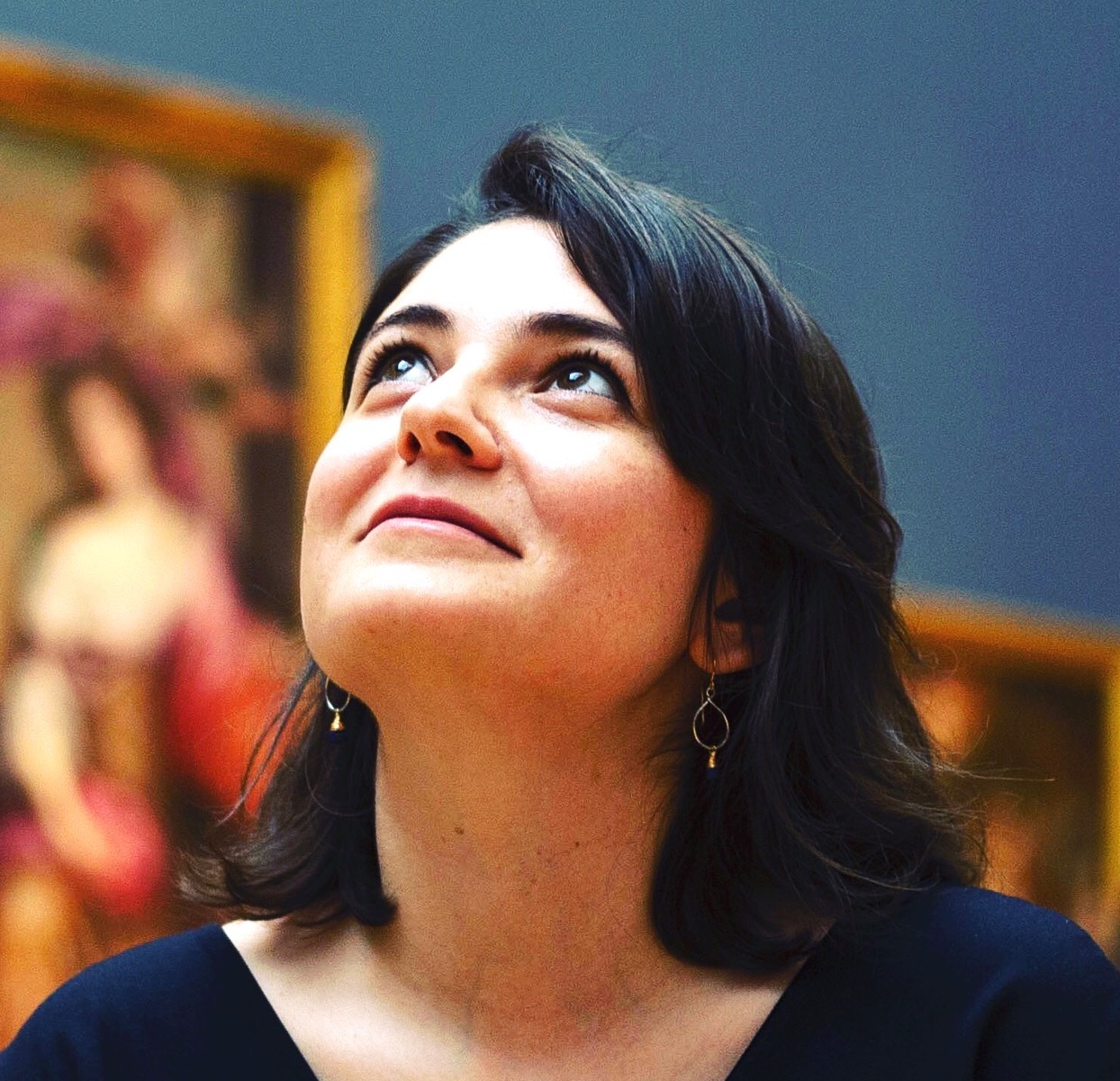

The Edwin Carter Discovery Center and Museum may look like a humble cabin from the outside, but it houses an important piece of local history that goes beyond the small town of Breckenridge Colorado. It tells the story of Edwin Carter, who went from being an ambitious miner to a self-taught taxidermist.
Edwin Carter was an upstate New Yorker until 1860 when he decided to travel west to work in mining. This was the time of the Colorado Gold Rush. Carter was a keen observer. During his time as a miner, he noticed the total destruction of the beautiful mountain landscape due to hydraulic mining activities. He decided to document and preserve the nature of this area before all animals were gone.
His collection of over 3,000 specimens, today partly housed in the Edwin Carter Discovery Center and Museum and partly in the Denver Museum of Nature, is a result of Carter’s self-taught taxidermy practice. His log cabin housed the taxidermy museum then and is the Edwin Carter Museum now.
The wonderful guide of the museum informed me that there is not much information about Edwin Carter as he did not marry, have children, or wrote letters and diaries where he talked about his decision to leave mining and become a taxidermist. Showing me the pictures from 1875 of Carter sitting in his cabin filled with dead animals, the guide joked about how that may have been one of the reasons why he perhaps was not able to convince a lady to live in this cabin with him. I did not tell the guide that I am a mortuary archaeologist nor that I would have loved to have this cabin.

The cabin itself is not big, but it has very high ceilings due to the necessity of space to display antlered animals and other large animal heads. The museum’s entrance opens to a large room that sets the scene for the time period Carter lived in. The cases and panels talk about the Colorado Gold Rush, the mechanics of mining, and animals local to the area, which are all around you in the museum. All these animals were taxidermied by Carter himself. The fact that they are still in very good shape is a testament to Carter’s mastery of his craft.
In the second room, there is an interactive screen designed for younger audiences, but excites grown ups who love museums. The screen shows different objects, animals, and materials from the area and allows you to design your own exhibit by picking the right objects to fit your theme. This room has also some geological specimens as well as taxidermy animals, some of which are still displayed in their original cases with their original labels.

The third and last exhibit room, my personal favorite, talks about the process of taxidermy. It has a display of carpentry tools which would be used in preparing the animal for taxidermy. There is even an interactive set up (Taxidermist’s Workbench) for visitors to try to “dress” an animal mount using pelt, glass eyes, and antlers. It is harder than it looks! Look up in this room; the ceiling is covered with taxidermy animals, and you can see the structural extend of the high ceiling. Look around you as well. There is information about the contemporaries of Carter; famous scientist like Darwin, or naturalists like Martha Maxwell.
After the exhibit rooms there is a small discovery room for children to explore animal prints, bones, antlers, and feathers to encourage them to look closely and observe. Something that was so integral to the formation of this museum.
The museum ends with a small theater that shows a video about Edwin Carter. The theater’s walls are covered with photos from Colorado during the time Carter lived there. Here is the trailer for the movie: https://www.youtube.com/watch?v=TIwqexrpdfg
For a town whose population rises from 5,000 to something over 37,000 during the high ski season, this small natural history/local history museum needs more love and visitors. It is a perfect spot to take a break from skiing and to learn about the local history and nature. Admission is free for all visitors, but the suggested donation is $5 so that the museum can continue to tell the story of the importance of observing, studying, and protecting nature for future generations.
More information: https://www.breckheritage.com/edwin-carter-discovery-center
* * *

Pinar is an archaeologist with a background in art history, anthropology and museum studies, fascinated by the diversity of human reactions to death and dying. But she is first and foremost a museum lover. Visiting museums and historic sites is the reason why she became an archaeologist and why she is the first to suggest a museum to visit when you ask her what to do in a city. She strongly believes that museums help us understand, protect, and engage with the past and with cultural differences. When she is not in the classroom or in a museum, she is at a historical cemetery somewhere in New England admiring gravestones.
More about Pinar: https://pinardurgunpd.wixsite.com/pinardurgun